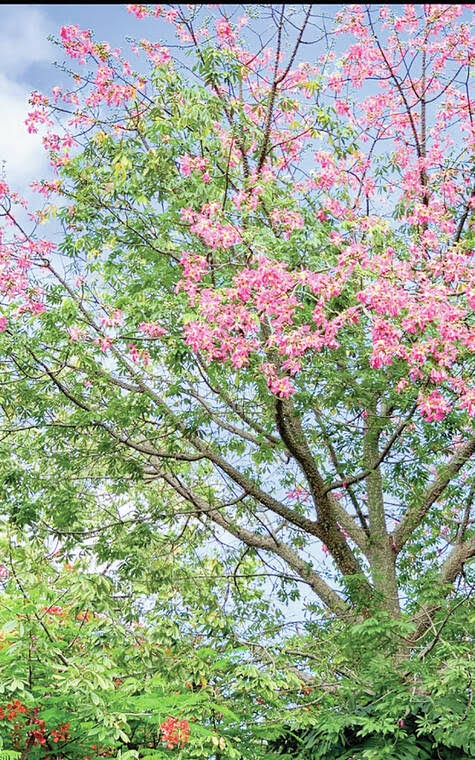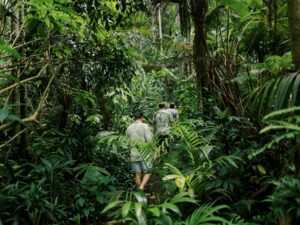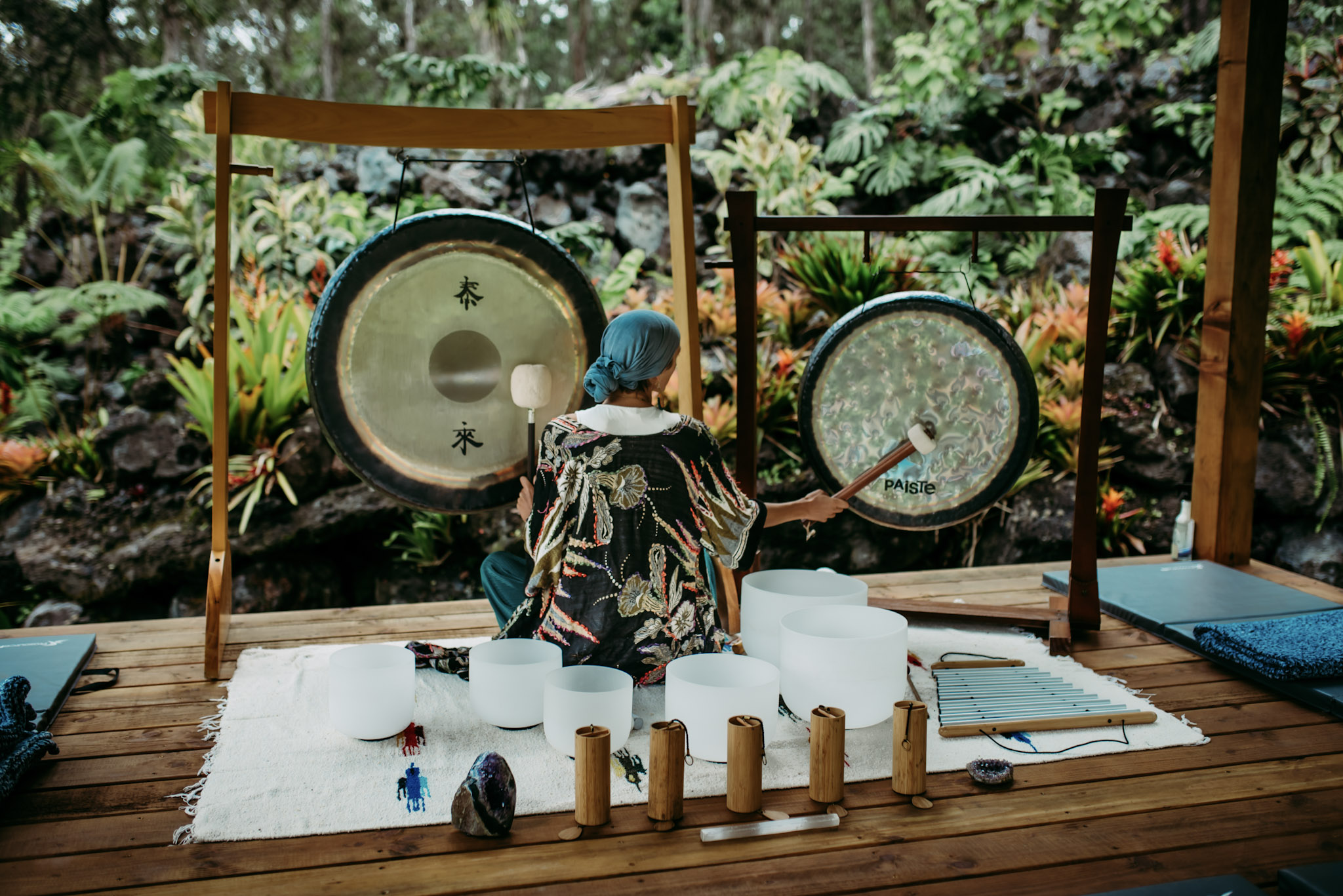Temperatures remain warm but things are about to change. Fall will officially arrive Sept. 22 in the northern hemisphere since the sun will move south of the equator. The autumnal equinox for us is spring for those south of the equator. As the earth tips to the north the sun appears to move further from us, days are shorter and plants tend to slow their growth.
Living in Hawaii, even though we don’t see the brilliant fall colors ablaze in the forests and gardens of the mainland, we can improvise. So now is the time for nursery and garden store shopping. You can find some great ideas for bringing the feeling of fall into our gardens. Where nights are cool and days frequently cloudy, try some of the fancy new Impatiens hybrids. The New Guinea hybrids are especially attractive. These new hybrids are much more compact and flower abundantly. They come in all flower colors and have multicolored leaves as well. Other Impatiens on the market are the traditional types hybridized to be compact and floriferous.
Fall in Hawaii is colorful with African Tulip, Timor Shower, Rainbow Shower and even the Royal Poinciana trees in late bloom. Also flowering now are several species of Bauhinia or Orchid trees. One seldom seen here but common in cooler regions of South America is the Silk Floss Tree or Ceiba speciosa. This close relative of the Kapok tree is rare here but popular in Southern California. Some Hawaii nurseries will bring it in on request from California nurseries. Your garden could be even brighter with the addition of crotons, bougainvillea and hibiscus just to mention a few.
Besides the many tropical ornamentals trees and shrubs available, you might also consider colorful annuals and perennials to brighten your winter garden or lanai. Many of the annual summer flowers that are prized most on the mainland are at their best here from November to May. These annuals are usually tolerant of cool weather. Since the winter temperature never goes extremely low, they thrive here, especially at higher elevations like Kamuela and Volcano. Some, like the marigold are great the year around. They are especially good for sunny dryer locations.
The Marigold is native to the Southwestern United States and to Mexico. It grows well and is popular in every state of our Union from Florida to Maine, from Hawaii to Alaska.
When Cortez conquered ancient Mexico, he found Marigolds growing there. The gorgeous golden Marigolds were so beautiful that Cortez took seeds with him back to Spain. There, Marigolds became the favorite flower of the devout to place at the altar of the Virgin Mary and because of that, they were called Mary’s gold and then became known as Marigolds. They were so easy to grow and so beautiful, they grew popular everywhere. In India, Marigolds are, the favorite flower for leis to place around a person’s neck to indicate friendship, and because of that, they have become known as friendship flowers.
Many different types of marigolds, from big flowered American and smaller flowered, so called “French”, odor and odorless, are available at your local garden supply store.
Marigolds, zinnias, petunias, and many other annuals with bright blooms are natural for adding color. You may also expand the beauty and interest of your floral borders by including low maintenance foliage plants. What are some of the best to add color and texture contrast?
Coleus immediately comes to mind and is probably the most popular. Little wonder, it’s so versatile and vivid! The plants with their brilliantly patterned leaves are flashy in sun or shade. You’ll especially appreciate how coleus can transform problem shady spots into rainbow of color. Use it to beautify areas along the north or east sides of your house or garage or in containers on shady porches or patios, even under trees. Coleus can also take direct sun in cooler gardens. Coleus is just as much a favorite houseplant as it is a garden subject. They thrive in pots and are easy to propagate by cuttings. Other favorites include the many varieties of Begonia, Canna, Caladium and Geranium.
Other interesting foliage annuals you’ll want to consider are: Euphorbia leucocephala or Snow on the Mountain. This is easy to grow in dry soil and is attractive with its refreshing green and white leaves on plants about two feet tall. Santolina chamaecyparissus or Lavender Cotton makes a nice low hedge. Plants grow about eighteen inches tall and have finely divided, aromatic, silvery-gray foliage and small globular yellow flowers. Handled as an annual in the north, this is a perennial in Hawaii.
You can sow seeds of such annuals in boxes, pots, or outdoors. If you use some sort of container, make certain that drainage is good. You can sow the seeds in vermiculite, peat moss, sand, or mixtures of these. You can also buy plants already started at several garden stores and nurseries in the area. If you start your own plants, water them, when seeds are in place, cover containers with a piece of glass or plastic, and place in a protected location away from direct sunlight. In a few days, the seed will germinate and more light will be needed to prevent leggy and poorly colored seedlings. When the first pair of true leaves develop, it is time for transplanting. Set the tiny plants in pots or plant bands. Later, plant them outdoors in their permanent location.
Using your creativity, you can brighten your home and garden from now until June.








